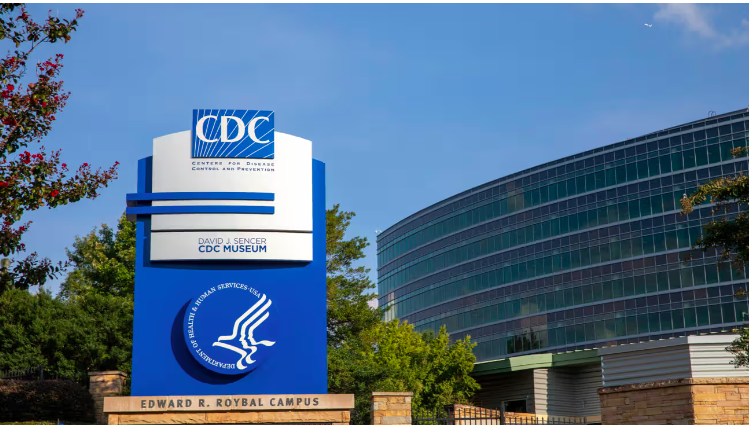Health
How to Pop a Pimple Safely (If You Must!)

Last Updated on March 14, 2023 by Nurse Vicky
How to Pop a Pimple Safely (If You Must!)
Acne is a common skin condition that affects many people, especially during their teenage years. It is caused by clogged pores that become inflamed and can result in the formation of pimples, blackheads, and whiteheads. While popping a pimple is not always recommended, it is a tempting option when you see a big, red, inflamed bump on your face.
In this article, we will explore how to pop a pimple safely and what precautions you can take to minimize the risk of scarring and infection. Why popping pimples can be harmful to your skin When you pop a pimple, you are essentially breaking the skin barrier and creating an open wound. This can introduce bacteria into the pore, leading to infection and scarring. Popping a pimple can also cause trauma to the surrounding skin, resulting in redness and inflammation.
When is it okay to pop a pimple?
It is generally not recommended to pop a pimple as it can lead to further skin damage. However, if you must pop a pimple, it is important to wait until it has come to a head. This means that the pimple is white or yellow and is filled with pus.
Popping a pimple that has not come to a head can cause further damage to the skin and increase the risk of infection. How to pop a pimple safely If you have decided to pop a pimple, it is important to do so safely to minimize the risk of scarring and infection.
Follow these steps:
- Wash your hands thoroughly with soap and water
- Clean the area around the pimple with a gentle cleanser
- Apply a warm compress to the pimple for a few minutes to help soften the skin and bring the pimple to a head
- Sterilize a needle or pin with rubbing alcohol
- Gently puncture the pimple with the sterilized needle or pin, being careful not to push too deep
- Use clean hands or clean tissue to gently squeeze the pimple from the sides to remove the pus
- Apply an antibacterial ointment or acne spot treatment to the area to help prevent infection
- Leave the pimple alone and let it heal naturally
What to do after popping a pimple, it is important to take care of the area to prevent infection and scarring.
Follow these steps:
- Apply an antibacterial ointment or acne spot treatment to the area to help prevent infection
- Avoid touching the area to minimize the risk of introducing bacteria
- Do not apply makeup or other products to the area until it has healed
- Avoid direct sunlight and wear sunscreen to prevent hyperpigmentation
- Be patient and allow the area to heal naturally
H4: What to avoid when popping a pimple When popping a pimple, there are certain things to avoid to prevent further skin damage and infection.
These include:
- Using dirty hands or tools to pop the pimple
- Picking at the pimple with your fingernails
- Applying too much pressure when squeezing the pimple, which can cause trauma to the skin
- Popping a pimple that has not come to a head
- Applying makeup or other products to the area immediately after popping the pimple
Can pop pimples cause scarring?
Popping a pimple can lead to scarring if not done properly. When you pop a pimple, you are essentially creating an open wound that can become infected and result in scarring. To minimize the risk of scarring, To further expand on the topic of popping pimples safely, it is important to understand why pimples form and what factors contribute to their development.
Pimples occur when the skin’s pores become clogged with oil, dead skin cells, and bacteria. This leads to inflammation, redness, and the formation of a bump on the skin. Several factors can contribute to the development of pimples, including genetics, hormonal changes, stress, and diet.
Hormonal changes during puberty, menstrual cycles, and pregnancy can increase the production of sebum, which is the oily substance that contributes to the formation of pimples. Stress can also increase the production of cortisol, a hormone that can trigger the production of sebum. Diet can also play a role in the development of pimples.
Studies have shown that high glycemic index foods, such as processed carbohydrates and sugary foods, can contribute to the development of acne. Dairy products, which contain hormones and other substances that can trigger inflammation, have also been linked to acne. While it is not always possible to prevent pimples from forming, there are several steps you can take to minimize their occurrence.
Keeping the skin clean and using gentle cleansers and exfoliators can help to prevent the buildup of oil and dead skin cells that can clog pores. Using non-comedogenic moisturizers and makeup can also help to prevent the formation of pimples. If you do develop a pimple, it is important to resist the urge to pop it immediately.
Popping a pimple can cause further damage to the skin, leading to scarring and infection. Instead, wait until the pimple has come to a head and follow the steps outlined above to safely remove the pus. In addition to popping pimples safely, there are several other steps you can take to care for your skin and prevent the formation of spots. Eating a healthy diet that is rich in fruits, vegetables, and whole grains can help to reduce inflammation and prevent the development of acne.
Regular exercise and stress-reducing techniques such as meditation and yoga can also help to regulate hormone levels and reduce the risk of acne. If you are struggling with acne and are unable to manage it on your own, it is essential to seek the advice of a dermatologist.
A dermatologist can provide you with a personalized treatment plan that may include prescription medications, such as topical or oral antibiotics or retinoids, to help manage your acne.
In conclusion
while it is generally not recommended to pop pimples, there are steps you can take to do so safely if necessary. It is important to wait until the pimple has come to a head, use clean hands and tools, and take precautions to prevent infection and scarring.
Additionally, taking steps to care for your skin and reduce the risk of acne, such as keeping the skin clean, eating a healthy diet, and managing stress can help to prevent the development of pimples in the first place. Remember to always consult with a dermatologist if you are unable to manage your acne on your own.
Health
Protein-Infused Diet Coke: The Viral ‘Dirty Soda’ Trend Taking TikTok by Storm

Protein-Infused Diet Coke: The Viral ‘Dirty Soda’ Trend Taking TikTok by Storm
The rise of quirky, unconventional food and drink trends is a staple of social media, but one concoction that’s recently captured TikTok’s imagination is “Protein Diet Coke,” fondly referred to as a “dirty soda.”
Combining the classic fizz of Diet Coke with creamy protein shakes, this bizarre yet fascinating combination has gained traction for its unique taste, nutritional benefits, and shareable aesthetic appeal.
But is it more than just a passing fad? Let’s dive into why this drink has taken the internet by storm, the health implications, and how you can make your own.
What Is Protein Diet Coke?
Protein Diet Coke is a mashup of two popular beverages: Diet Coke, known for its zero-calorie allure, and protein shakes, a go-to choice for fitness enthusiasts.
By blending these seemingly unrelated drinks, you get a fizzy, creamy concoction that surprises the palate and offers a protein-packed twist.
This beverage has become a TikTok sensation, with videos showcasing creative ways to personalize the drink by experimenting with flavors, toppings, and presentation.
How Did Protein Diet Coke Become a Trend?
The trend began with users sharing videos of themselves trying the drink and reacting to its surprising taste.
The hashtag #ProteinDietCoke amassed millions of views as influencers and everyday users alike showcased their custom recipes. Social media thrives on novelty, and the odd pairing of soda and protein shake fits the bill perfectly.
Moreover, this trend reflects a broader shift toward incorporating fun into fitness and healthy eating. As people explore unique ways to stay healthy, Protein Diet Coke offers a mix of indulgence and nutrition.
Health Benefits of Protein Diet Coke
1. Boosts Protein Intake:
Protein is essential for muscle repair, weight management, and overall body function. By mixing Diet Coke with a protein shake, you create a delicious way to meet your daily protein goals.
2. Low-Calorie Alternative:
For those watching their calorie intake, using Diet Coke and low-sugar protein shakes keeps the drink guilt-free while satisfying cravings for something sweet and fizzy.
3. A Fun Recovery Drink:
The combination of carbonation and protein makes this drink a potential post-workout recovery option. While traditional recovery drinks are effective, Protein Diet Coke brings a fun twist to replenishing nutrients.
Possible Drawbacks of Protein Diet Coke
While this beverage has many enthusiasts, it’s not without its critics.
1. Artificial Sweeteners:
Diet Coke contains artificial sweeteners like aspartame, which some people prefer to avoid due to potential health concerns.
2. Unusual Flavor:
Not everyone loves the combination of cola and creamy textures. For some, it’s an acquired taste.
3. Limited Nutritional Value from Soda:
Though protein shakes provide nutrients, the soda itself doesn’t offer significant health benefits. Consuming it in moderation is key.
How to Make Protein Diet Coke at Home
Ingredients:
- 1 can of Diet Coke (12 oz)
- 1 scoop or 8 oz of your favorite protein shake (vanilla or caramel flavors work best)
- Ice cubes
- Optional: toppings like whipped cream, syrups, or fruit
Instructions:
- Fill a glass with ice cubes.
- Pour the Diet Coke into the glass, leaving some space for the protein shake.
- Slowly add the protein shake to the Diet Coke. Stir gently to combine.
- Customize with toppings or syrups if desired.
- Enjoy immediately!
Why Do People Love It?
The allure of Protein Diet Coke lies in its unexpected combination and social media appeal.
The drink’s unique flavor profile intrigues people, while its aesthetic presentation makes it Instagram-worthy.
Additionally, it’s a fun way to consume protein without feeling like you’re drinking a traditional shake.
Creative Variations of Protein Diet Coke
1. Mocha Protein Soda:
Add a chocolate-flavored protein shake for a mocha-inspired treat.
2. Tropical Twist:
Use coconut-flavored protein powder and garnish with pineapple slices.
3. Spicy Cola Blend:
Mix in a dash of cinnamon or chili powder for a bold kick.
4. Vanilla Caramel Float:
Top with a dollop of whipped cream and caramel drizzle for an indulgent dessert-like drink.
Is Protein Diet Coke Here to Stay?
Trends often fade as quickly as they emerge, but Protein Diet Coke might have staying power due to its flexibility and nutritional appeal. As long as social media continues to celebrate creativity in the kitchen, this quirky beverage is likely to remain a go-to option for adventurous foodies.
Conclusion
Protein Diet Coke is more than just a viral sensation; it’s a testament to how creativity can turn everyday ingredients into something extraordinary.
While it may not replace traditional sources of protein or be everyone’s cup of tea (or soda), it has undeniably carved out a niche in the world of health-conscious indulgence.
Whether you’re in it for the taste, the health benefits, or the TikTok-worthy moments, this “dirty soda” trend is worth a try.
FAQs
1. Can I use regular Coke instead of Diet Coke?
Yes, but keep in mind that regular Coke has significantly more sugar and calories, which might defeat the purpose of a low-calorie drink.
2. What type of protein shake works best?
Vanilla and caramel protein shakes are popular choices because they complement the flavor of cola. However, feel free to experiment with other flavors.
3. Is Protein Diet Coke suitable for kids?
While it’s not inherently harmful, the caffeine content in Diet Coke might not be suitable for children. Opt for caffeine-free soda if making this for kids.
4. Can I make a vegan version?
Absolutely! Use plant-based protein shakes and ensure the soda is vegan-friendly.
5. How often can I drink Protein Diet Coke?
Like any treat, moderation is key. Consuming it occasionally as part of a balanced diet is perfectly fine.
References
Health
STI Epidemic: Decline in New Syphilis and Gonorrhea Cases in the US, CDC Reports
Health
Dave Coulier Opens Up About His Battle with Stage 3 Non-Hodgkin’s Lymphoma

Dave Coulier Opens Up About His Battle with Stage 3 Non-Hodgkin’s Lymphoma
A Beloved Star Faces a Serious Diagnosis
Dave Coulier, best known for his role as Joey Gladstone on the iconic sitcom Full House, has revealed a deeply personal health challenge.
The comedian and actor recently announced his diagnosis of Stage 3 Non-Hodgkin’s Lymphoma, sparking widespread concern and support from fans worldwide.
Coulier’s bravery in sharing his journey sheds light on this complex form of cancer, its symptoms, treatment options, and the importance of early detection.
What is Non-Hodgkin’s Lymphoma?
Understanding the Disease
Non-Hodgkin’s Lymphoma (NHL) is a type of cancer that originates in the lymphatic system, which is an integral part of the body’s immune defense.
This form of lymphoma is distinct from Hodgkin’s lymphoma due to differences in the cancerous cells’ appearance and behavior.
- Lymphatic System’s Role: It helps fight infections and regulates fluid balance in the body.
- Lymphoma’s Impact: NHL occurs when lymphocytes (a type of white blood cell) grow uncontrollably, leading to tumors.
Dave Coulier’s Journey: From Diagnosis to Awareness
The Diagnosis
Coulier disclosed that he had been feeling fatigued and unwell for several months before seeking medical advice.
A series of diagnostic tests, including a biopsy and imaging scans, confirmed the presence of Stage 3 Non-Hodgkin’s Lymphoma.
How He Shared the News
In a heartfelt video shared with his fans, Coulier discussed his diagnosis candidly. The star emphasized the importance of listening to one’s body and seeking medical help when something feels off.
“I’ve always tried to make people laugh, but now, I want to use my voice to educate and inspire,” he said.
Symptoms of Non-Hodgkin’s Lymphoma
Recognizing the symptoms early can make a significant difference in treatment outcomes.
Some common symptoms include:
- Swollen lymph nodes, often painless
- Persistent fatigue
- Unexplained weight loss
- Fever and night sweats
- Abdominal pain or swelling
- Chest pain, coughing, or trouble breathing
Why Early Detection Matters
Coulier’s journey highlights the importance of not ignoring persistent symptoms. Timely diagnosis can improve treatment effectiveness and overall prognosis.
Stages of Non-Hodgkin’s Lymphoma
NHL is categorized into four stages based on its spread:
- Stage 1: Cancer is localized to one lymph node region.
- Stage 2: Two or more lymph node regions on the same side of the diaphragm are affected.
- Stage 3: Cancer involves lymph nodes on both sides of the diaphragm.
- Stage 4: The disease has spread beyond the lymphatic system to other organs.
Coulier’s diagnosis at Stage 3 underscores the critical need for awareness and early intervention.
Treatment Options for Non-Hodgkin’s Lymphoma
Tailored Treatment Plans
The treatment for NHL varies depending on the stage and specific subtype.
Common approaches include:
- Chemotherapy: Often the first line of defense to target rapidly dividing cancer cells.
- Radiation Therapy: Used to shrink tumors in localized areas.
- Immunotherapy: Boosts the immune system’s ability to fight cancer.
- Targeted Therapy: Focuses on specific molecules involved in cancer growth.
Dave Coulier’s Treatment Regimen
While Coulier hasn’t shared detailed specifics about his treatment, he expressed gratitude for his medical team and the support of loved ones.
Living with Non-Hodgkin’s Lymphoma
Physical and Emotional Challenges
Coping with cancer involves more than just physical treatments. Patients often face emotional struggles, including anxiety, fear, and uncertainty.
Coulier’s Positive Outlook
Despite his diagnosis, Coulier remains optimistic, often sharing moments of humor and gratitude. His resilience inspires others battling similar challenges.
Raising Awareness for Non-Hodgkin’s Lymphoma
The Power of Advocacy
Coulier is using his platform to spread awareness about NHL. His message encourages individuals to prioritize their health and support ongoing cancer research.
Supporting Research and Treatment Advances
Progress in lymphoma treatment, such as CAR T-cell therapy and advancements in immunotherapy, offers hope for patients worldwide.
How Fans Can Show Their Support
Messages of Encouragement
Fans have flooded social media with messages of love and encouragement for Coulier. Sharing personal stories of resilience and hope strengthens the community of those affected by lymphoma.
Donating to Lymphoma Research
Supporting organizations focused on lymphoma research and patient advocacy can make a significant impact.
Conclusion:
Dave Coulier’s openness about his battle with Stage 3 Non-Hodgkin’s Lymphoma reminds us of the importance of health awareness and community support. As he navigates this challenging chapter, his strength and advocacy serve as a beacon of hope for others facing similar battles.
FAQs
1. Can Non-Hodgkin’s Lymphoma be cured?
Yes, many cases of NHL can be treated effectively, especially when diagnosed early. Advanced treatments have improved survival rates significantly.
2. How does Non-Hodgkin’s Lymphoma differ from Hodgkin’s Lymphoma?
The primary difference lies in the specific type of cancerous cells. Hodgkin’s Lymphoma involves Reed-Sternberg cells, which are absent in NHL.
3. Are there lifestyle factors that increase the risk of NHL?
While the exact cause is unknown, factors like a weakened immune system, certain infections, and exposure to specific chemicals can increase risk.
4. What support resources are available for NHL patients?
Numerous organizations, such as the Lymphoma Research Foundation, offer resources, support groups, and financial assistance for patients and their families.
5. How can I reduce my risk of developing lymphoma?
Maintaining a healthy lifestyle, avoiding exposure to harmful chemicals, and addressing infections promptly can help lower your risk.
References:
-
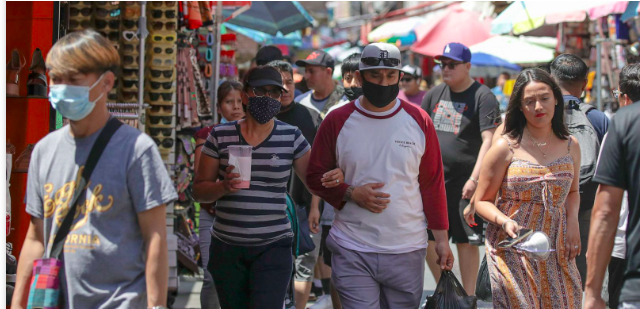
 Trending Stories1 year ago
Trending Stories1 year agoCDC: 1 in 4 Americans Still COVID-Free by End of 2022
-
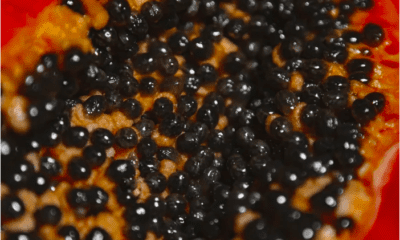
 Health8 months ago
Health8 months agoHow Do Pawpaw Seeds Support Cardiovascular Health?
-

 Health5 years ago
Health5 years agoMeghan Trainor Shares Motivational New Song ‘Blink’
-
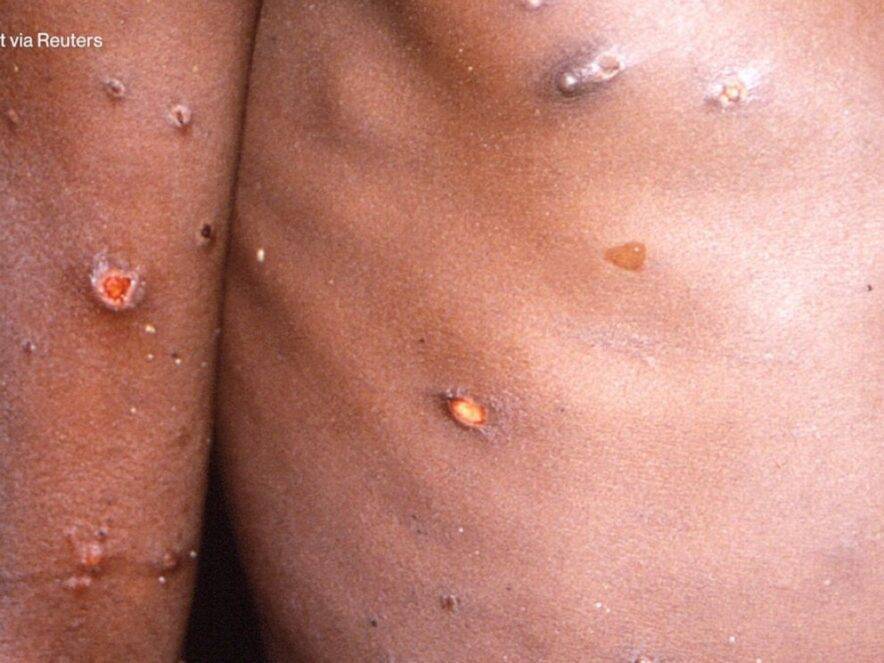
 Health2 years ago
Health2 years agoHow Long Does Monkey Pox Last Before It Surfaces in the Body?
-
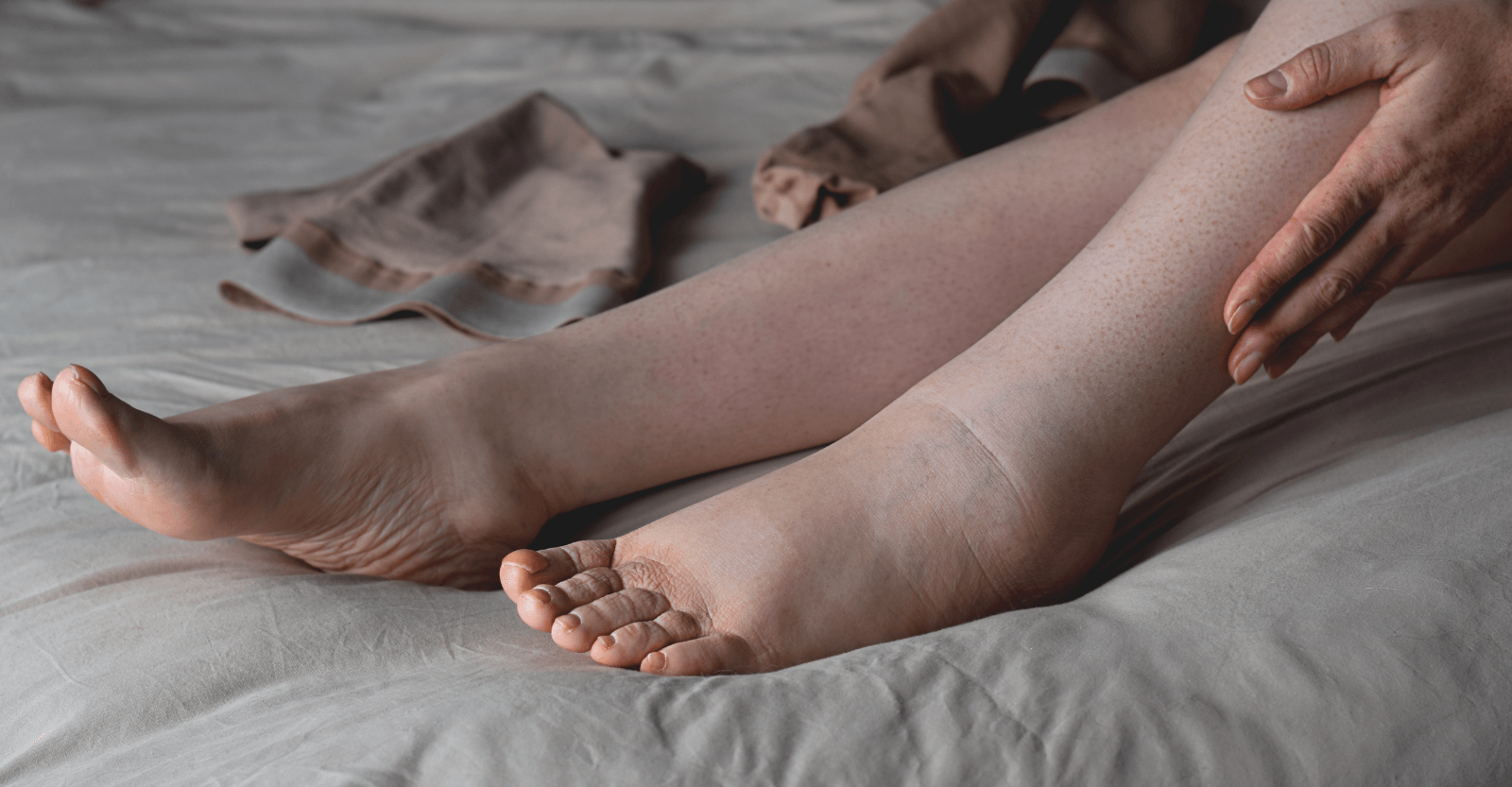
 Health3 years ago
Health3 years agoWhat Causes Swollen Body? Understanding Edema and its Triggers
-
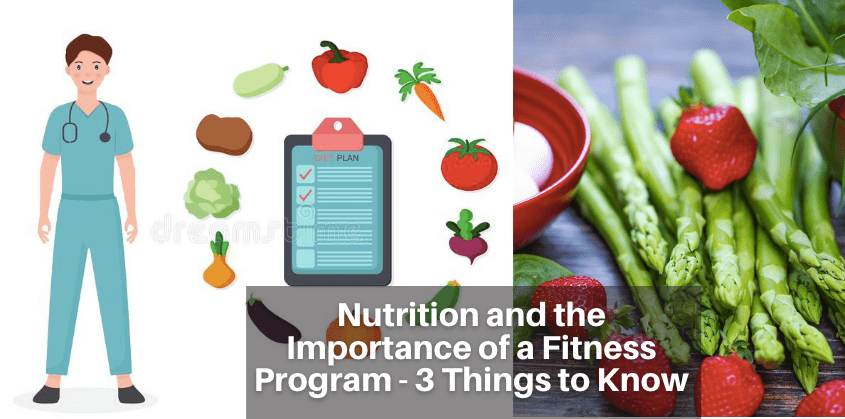
 Health3 years ago
Health3 years agoNutrition and the Importance of a Fitness Program – 3 Things to Know
-
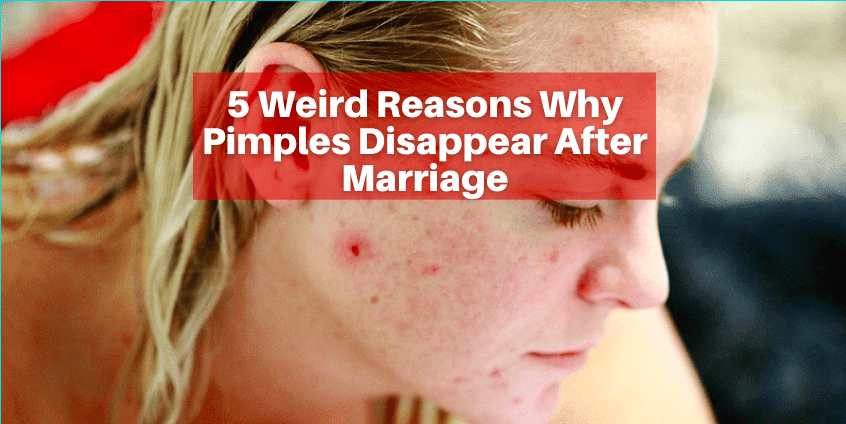
 Health3 years ago
Health3 years ago5 Weird Reasons Why Pimples Disappear After Marriage
-

 Health3 years ago
Health3 years agoHealth Benefits Of Pawpaw Seed? 7 Things To Know

